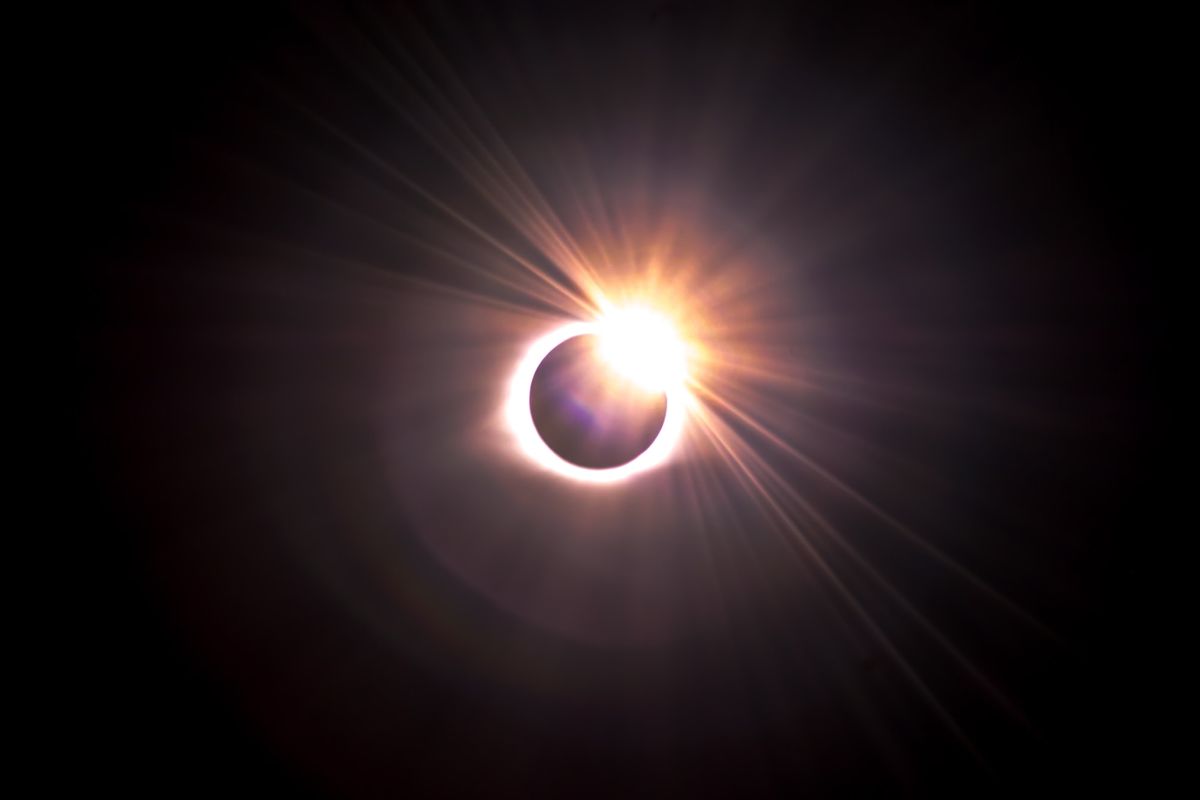The Never-Ending Solar Eclipse Enchantment
Eclipses, from ancient Ugarit to modern times, unite humanity awed by celestial mysteries. These cosmic phenomena, etched in history, continue to captivate us, reminding us of our unending wonder.

In a world constantly buzzing with scientific discoveries and technological marvels, it's easy to forget the breathtaking beauty that our universe serves up, unscripted and free of charge. But mark your calendars because on October 14, 2023, at around 11:30 a.m., Mother Nature is putting on a show that's sure to make even the most jaded stargazers stop and stare. An annular eclipse will sweep across the skies, casting a mesmerizing “ring of fire” around the Moon in the regions of Campeche and the Yucatán Peninsula, momentarily dimming the brilliance of the Sun.
But that's just a teaser. Fast-forward to April 8, 2024, a mere five months and 22 days later, and we've got a total solar eclipse making its grand entrance in Mexico. In Sinaloa, Durango, and Coahuila, daylight will vanish entirely, plunging these areas into an eerie twilight zone where it's night in the middle of the day, but only for a bit over four spellbinding minutes.




